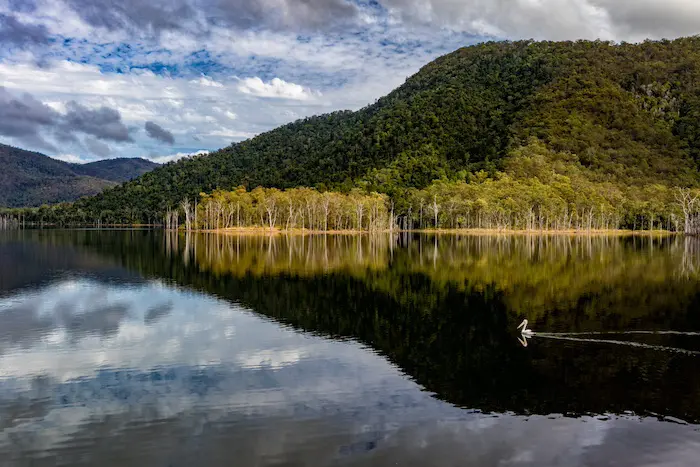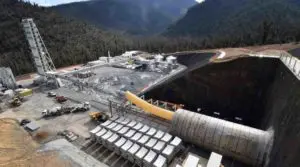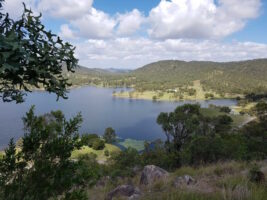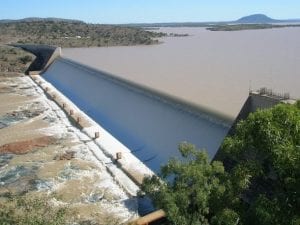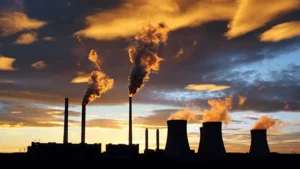Queensland Hydro is asking locals to weigh in on the development of Australia’s third largest pumped hydro project, the 2 gigawatt (GW), 24 hour (48GWh) Borumba proposal.
Only Snowy 2.0 at 2.2 GW and Queensland’s other behemoth, the proposed 5 GW Pioneer-Burdekin pumped hydro project, are larger.
The consultation comes three years after the project was first proposed and a year after the initial feasibility study was supposed to be completed.
People who live in the area, around 120 kilometres north of Brisbane and 80km inland from Noosa, will be allowed to make their views known either to the Stakeholder Reference Group, as part of specific focus groups, or to the new Community Benefits Panel which will oversee the delivery of cash to the Borumba community.
Those views will likely include doubts already raised by communities in the Mary river catchment area, who have been querying the environmental impact of a larger dam in a flood-prone area, as well as optimism around the possibilities for improving jobs and fishing opportunities.
Although the expression of interest period for community benefits is open until late July, the government has already kicked in $5 million for new mountain bike and walking trails, a second stage to the Mary Valley rail trail, and develop a master plan for the town of Imbil, which is the gateway to the current Borumba dam.
The location and general engineering of such a project is fixed, but the nearby communities will be called on over environmental assessments, project design and any other works that will affect them. Renew Economy is seeking further comment from state-owned Queensland Hydro.
Still $14bn, still eyeing 2025 construction start
The business case for the $14.2 billion Borumba pumped hydro project has been signed off by the state government, which has already pledge $6 billion to get exploratory works and environmental studies underway, as well as engineering and construction plans.
That early cost estimate is likely to rise steeply, as reported by Renew Economy last year, due to accelerating civil construction and transmission costs. The Queensland government has claimed that providing the same level of storage via batteries would cost another $18 billion on top of that initial, pre-construction figure.
The current estimated cost of Snowy 2.0, for example, was revealed to be $12 billion last year, up from an initial $4 billion.
The Borumba proposal was a reaction to the explosion at the Callide coal plant in 2021, as part of a “battery blitz” by a state government trying to shore up its energy resources.
Mick de Brenni, the Queensland energy minister, said at the time the project was even more necessary following the failure of the Callide C power station, which saw almost half a million customers lose power.
The Borumba project will see the construction of a new upper reservoir and a new dam wall to replace the existing Borumba Dam wall. It will increase Lake Borumba’s storage capacity from 46 to 224 gigalitres.
Queensland Hydro still wants first power by 2030 and for construction to start next year, although the whole project is still being assessed by the federal government under the Environment Protection and Biodiversity Conservation Act (EPBC).

